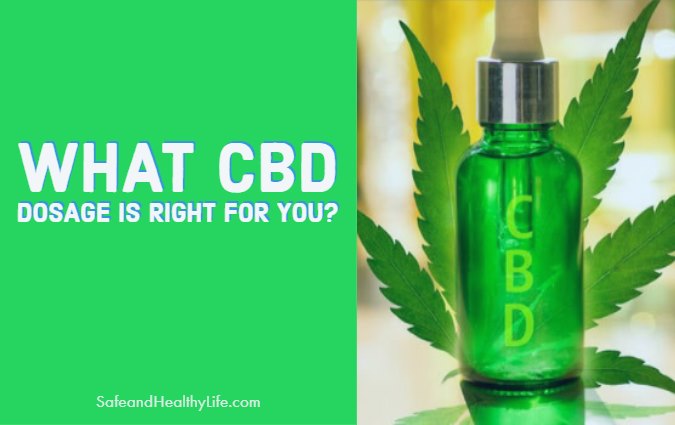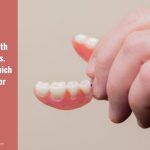
You’ve likely heard of CBD and all the amazing things it’s supposed to be able to do for your health and wellness. When you’re ready to give it a try, there’s a lot to consider regarding the for you should take it in, the correct dosage, and when you should take it.
This is somewhat of a difficult request because there’s no blanket answer for every individual. However, you can use a few simple guidelines and recommendations to determine your correct dosage. Use this guide to factor in the best pure CBD oil dosage for your needs.
Define Your Goals
First and foremost, start with your reason for taking CBD. There are a dozen or more things you might be trying to treat including anxiety, pain, inflammation, stress, depression, sleep problems, acne, and more. Most will require a unique dosage according to what you’re trying to treat and other factors like your size.
Choose Your Product
Once you’ve decided what you’re trying to treat, choose the CBD product that you’ll be using to treat. There are many new varieties of products in the CBD world, but the most common include the following:
- CBD Sublingual Tinctures or Sprays: A sublingual product is one that’s absorbed into the mucous membranes of your mouth rather than swallowed and run through the digestive tissue. Because it’s absorbed through this soft tissue, it reaches the bloodstream much faster, and you’ll usually feel the effectiveness quicker. It also has the highest potency of any form of CBD because no enzymes are lost indigestion. Therefore, you’ll typically use a smaller dose of sublingual products than you would something you ingest.
- Edibles: A CBD edible encompasses a variety of products that you ingest. The most common are gummies, but there are also chocolates, candies, coffees, beverages, cakes, and foods infused with CBD. Because they’re ingested, they must work their way through the digestive system, and many of the enzymes break up along the way, reducing the potency of CBD. It’s estimated that about 20 percent of the CBD makes it to your bloodstream after it goes through your stomach. Therefore, a higher dosage is typically needed in edible CBD treats.
- Topicals: In many situations, topical cream or ointment is the best treatment for an ailment such as acne or a painful strained muscle. There are many layers of skin between the top dermal layer and your bloodstream, so if you want the CBD to adequately penetrate all the layers and reach the bloodstream through absorption, the CBD dosage must be fairly high. Typically, it’s about double what you would take sublingually.
- Inhalants: You can also take CBD through a vaporizer or inhaler, and various flavors of CBD vape juice exist to make that a more pleasant experience. The correct dosage here is a little fuzzy because the inhalant enters your system and leaves very quickly. You feel relief from fast-acting CBD, but it doesn’t linger in your system like other forms of CBD do. For that reason, a medium to low dose might be best. A high dose would likely cause heavy side effects because it runs through your system so quickly.
Consider Your Genetics
It’s also important to think about your size and genetic needs. Most prescription medications are dosed based on your weight rather than your age. Keep in mind that a smaller person will not need as much CBD as a larger person to feel the effects. For example, a 150-pound person would be recommended to take between 15 and 90 mg of CBD, a 200-pound person would take between 20 and 120 mg, and so on.
The current state of your body also plays a factor. For example, if you have a lot of muscle from a regular workout regimen, you might need a little higher dosage than someone with higher fat content.
Verify the CBD Content
One of the biggest hurdles in the CBD industry is the lack of regulation. Unfortunately, the FDA has not agreed to monitor the production and sale of CBD products. They’re the organization responsible for ensuring the safety and quality of our food and drug industry throughout the United States, and without their seal of approval on a product, it’s hard to know if it really contains what it says it does.
The CBD industry is rife with unethical companies that sell products containing less CBD than advertised. If you’d like to get the dosage right on your CBD products, you must verify that the CBD content is at the appropriate level.
The best way to do this is to check for third-party lab reports. These labs verify CBD’s potency and other ingredients and publish reports for consumers to read. Never purchase a CBD product without checking these lab reports, and you can ensure that you’re getting the right dose every time.
Starting Small and Working Up
The best way to identify the CBD dosage for you is to start with a small dose and work your way up. Use a CBD dosage calculator or a weight guide to help you determine the smallest recommended dose. Try that for a week and write down any effects, positive or negative, that you feel.
If you’re not feeling any change in the ailment you’re trying to treat, up the dosage the following week. If you begin feeling intense side effects like nausea, vomiting, dry mouth, lightheadedness, or headaches, it probably means you’ve taken too much CBD. Adjust your dosage accordingly.
It’s important to note that you should always speak with a physician about trying a new product to treat an ailment, especially one that’s not clearly regulated. A doctor familiar with CBD products can help you select the right dosage and help you feel the full effects of your chosen CBD products.
About The Author:
Roger Freeman is a cannabis advocate and a huge CBD nerd. You can find his views, rants, and tips regularly published online.




